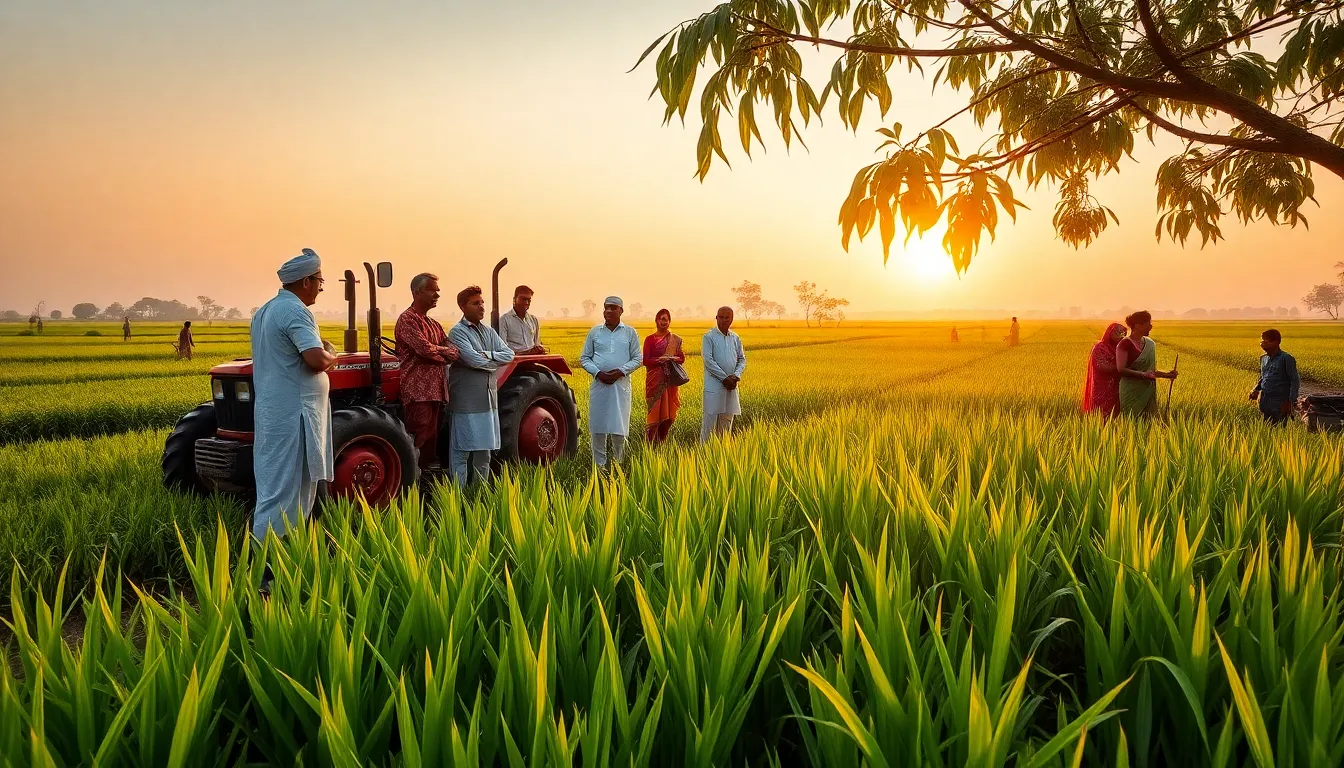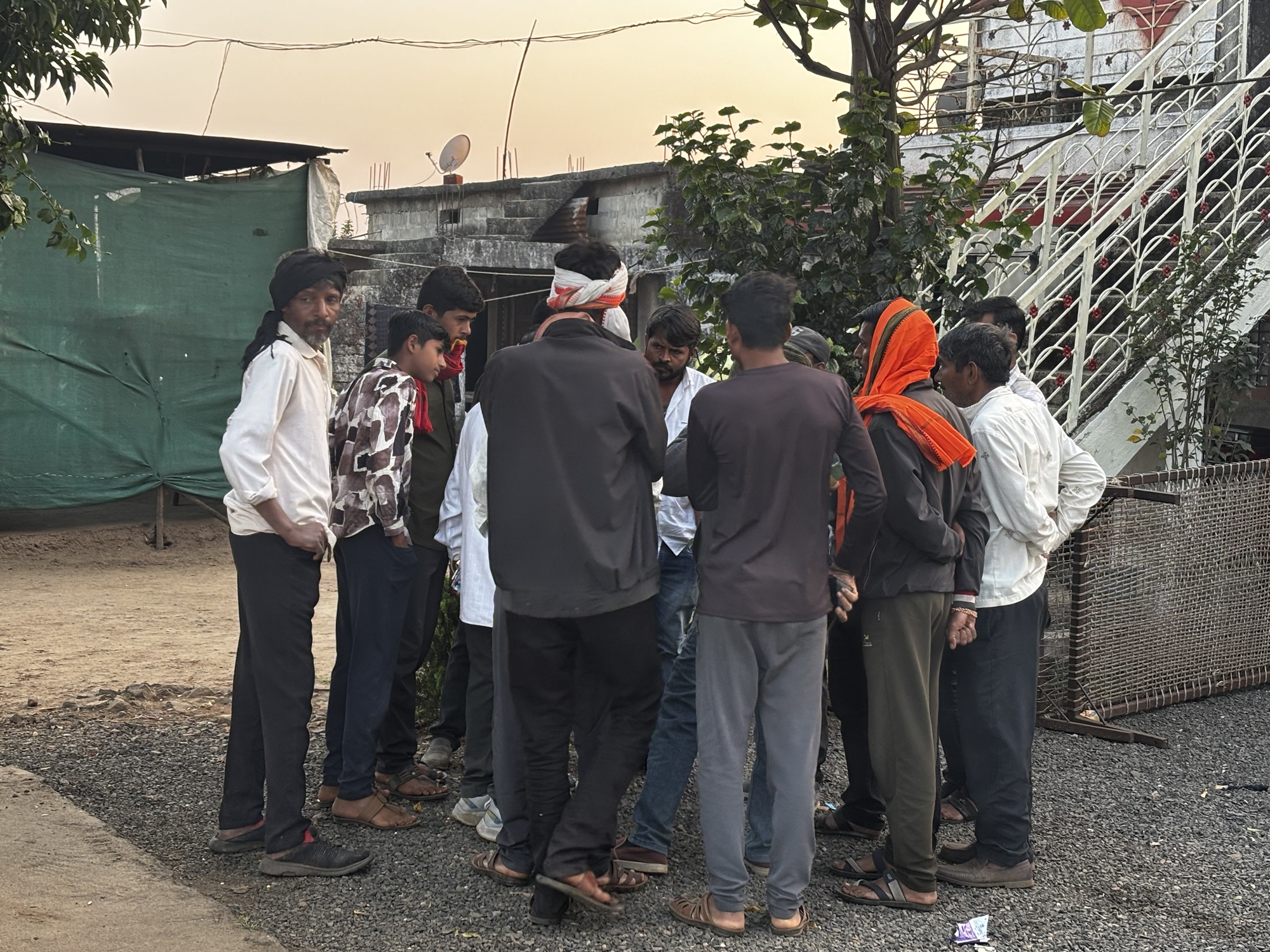In India, gene editing is changing agriculture for the better. This technology helps create crops that are more resilient, nutritious, and sustainable. Researchers from top institutes like the Indian Agricultural Research Institute (IARI) and the Indian Institute of Rice Research (IIRR) have developed new rice varieties using gene editing. These include DRR Dhan 100, also known as Kamala, and Pusa DST Rice 1.
Kamala is a new type of rice based on the popular Samba Mahsuri. It has high yield potential and is resistant to drought and salinity. Pusa DST Rice 1 is engineered for enhanced drought and salt tolerance. These crops are made using the CRISPR-Cas9 technique, a method that allows scientists to make precise changes to a plant’s DNA without adding foreign genes. This is very different from traditional genetic modification.
Gene editing has many benefits. It can help farmers grow crops that withstand harsh conditions like drought and saline soils. This is especially important as climate change poses new challenges for agriculture. With a growing population, food security is a top priority in India. Gene-edited crops can help meet this demand by increasing productivity while using fewer chemicals.
Viswanathan C., a Joint Director at IARI, explains that gene editing is like making targeted changes to a plant’s DNA. This method is guided and precise, similar to natural mutations that occur in nature. Unlike genetic modification, which often involves inserting genes from other species, gene editing focuses on the plant’s own DNA. This makes it safer and more accepted in many countries.
While these advancements in gene editing are promising, they are not without controversy. The Coalition for GM-free India has raised concerns about the safety of these new crops. They argue that the techniques used are not precise enough and call for more testing before these crops reach farmers. In response, ICAR scientists maintain that these methods are safe and similar to traditional breeding techniques that have been used for years.
Globally, many countries have adapted their regulations to allow for the safe use of genome editing in agriculture. India also began exempting certain genome-edited plants from strict biosafety regulations in 2022. This is a step toward embracing new agricultural technologies that can help ensure food security in the country.
As climate change continues to impact farming, the need for resilient crops becomes crucial. The development of gene-edited varieties like Kamala and Pusa DST Rice 1 represents a significant move toward sustainable agriculture in India. These innovations could lead to a more robust agricultural future, helping farmers cope with the challenges posed by environmental stressors.
In conclusion, gene editing is transforming Indian agriculture. By creating crops that are more resilient and nutritious, this technology promises to enhance food security in the face of climate change. However, it is essential to balance innovation with safety and regulation. It is vital that awareness and understanding of gene editing grow among farmers, policymakers, and consumers to fully harness its potential benefits.





